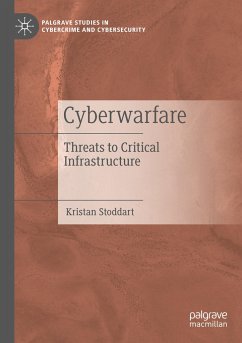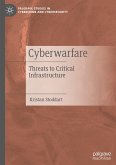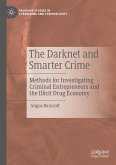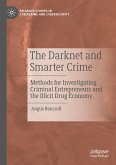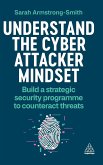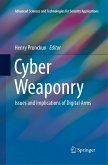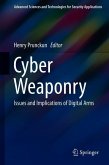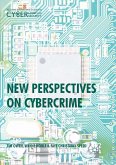This book provides a detailed examination of the threats and dangers facing the West at the far end of the cybersecurity spectrum. It concentrates on threats to critical infrastructure which includes major public utilities. It focusses on the threats posed by the two most potent adversaries/competitors to the West, Russia and China, whilst considering threats posed by Iran and North Korea. The arguments and themes are empirically driven but are also driven by the need to evolve the nascent debate on cyberwarfare and conceptions of 'cyberwar'. This book seeks to progress both conceptions and define them more tightly. This accessibly written book speaks to those interested in cybersecurity, international relations and international security, law, criminology, psychology as well as to the technical cybersecurity community, those in industry, governments, policing, law making and law enforcement, and in militaries (particularly NATO members).
Bitte wählen Sie Ihr Anliegen aus.
Rechnungen
Retourenschein anfordern
Bestellstatus
Storno

